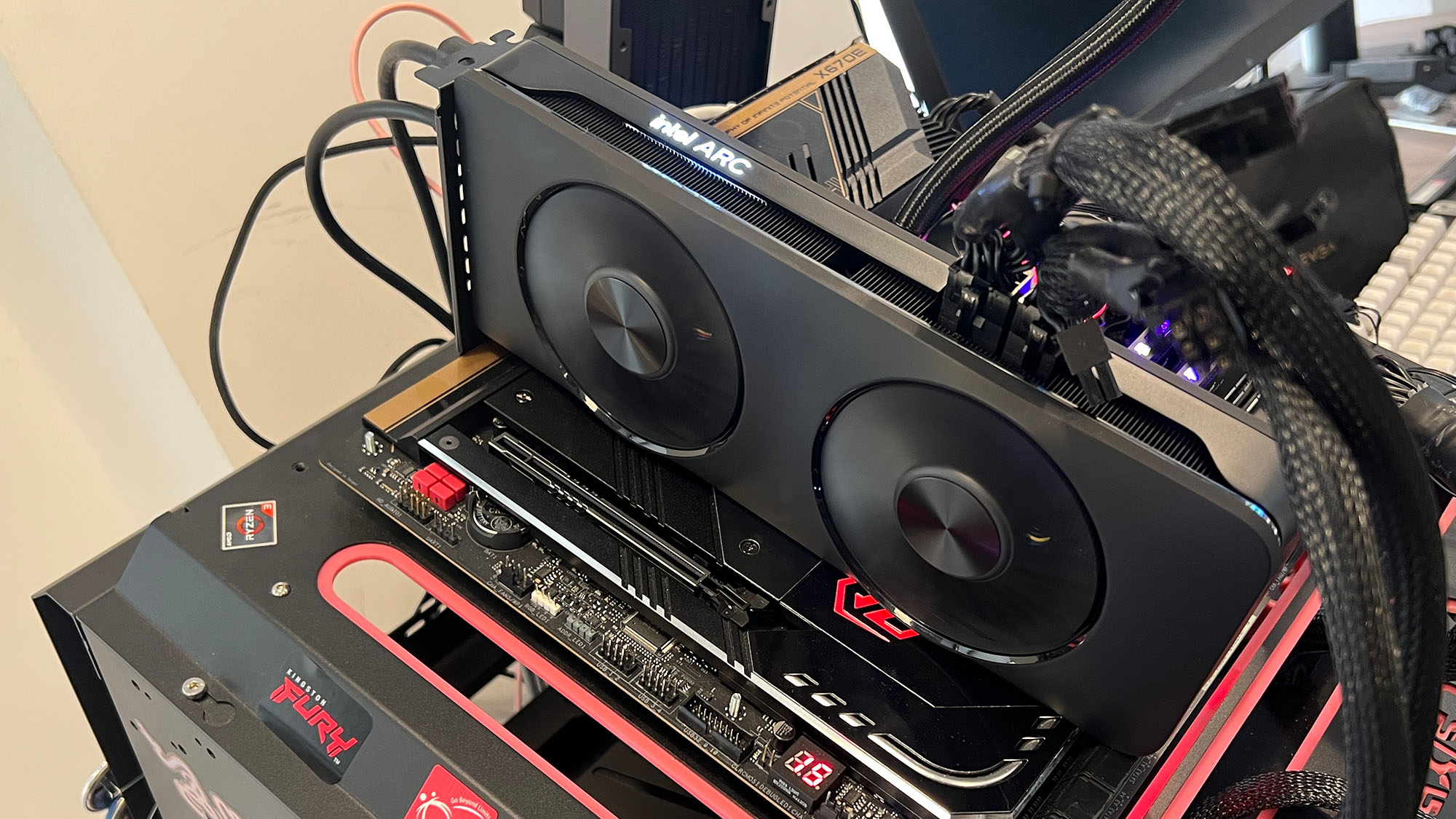Intel powers up XeSS upscaling to deliver faster frame rates for Arc GPUs – up to 30% quicker – and better image quality
Diablo 4 is a lot quicker with XeSS 1.3, and there are solid gains with other games, too

Intel has unleashed a new version of its XeSS upscaling tech that rivals Nvidia DLSS and AMD FSR for speeding up frame rates in PC games.
Intel XeSS 1.3 is fresh on the scene, although note that it’s still in preview testing right now, with Team Blue claiming some decent performance boosts compared to XeSS 1.1 or 1.2.
On a PC with an Arc A750 GPU, Intel discovered a particularly impressive jump in frames per second (fps) with Diablo 4 at 1440p resolution (with high details and ray tracing on). Without XeSS, the action RPG ran at 37 fps, but with XeSS that increased to 71 fps – and with the new XeSS 1.3 the game hit 91 fps. That’s a performance gain of almost 30% over the previous incarnation of XeSS.
Other games have more modest, but still worthwhile, improvements, in the order of around 5 extra fps, a boost of around 10%.
Intel also demonstrated integrated graphics with the Arc GPU in an Intel Core Ultra processor, running games at 1080p with medium details. On average, Team Blue found XeSS 1.3 delivered 8% more fps compared to previous versions.
Not just faster, but better-looking upscaling too
XeSS 1.3 isn’t just about faster frame rates for your GPU, though, as Intel has been fine-tuning the image quality as well. The company tells us that version 1.3 of its upscaling tech benefits from an updated model that provides more detail in the image, better anti-aliasing (smoothing of jaggies) and less in the way of ghosting.
All in all, it seems like a sizeable stride forward for XeSS, but Intel will need to keep pushing with its upscaling technology – because AMD and Nvidia most definitely aren’t standing still.
Get daily insight, inspiration and deals in your inbox
Sign up for breaking news, reviews, opinion, top tech deals, and more.
Indeed, Nvidia just released DLSS 3.7 which offers similar improvements to what we see here from Intel (less ghosting, better temporal stability). And AMD may have even bigger moves underway – possibly finally bringing AI into the mix with FSR. (Note that both Intel and Nvidia already use hardware-accelerated AI cores to pep up their respective upscaling technologies).
Via Neowin
You might also like
Darren is a freelancer writing news and features for TechRadar (and occasionally T3) across a broad range of computing topics including CPUs, GPUs, various other hardware, VPNs, antivirus and more. He has written about tech for the best part of three decades, and writes books in his spare time (his debut novel - 'I Know What You Did Last Supper' - was published by Hachette UK in 2013).